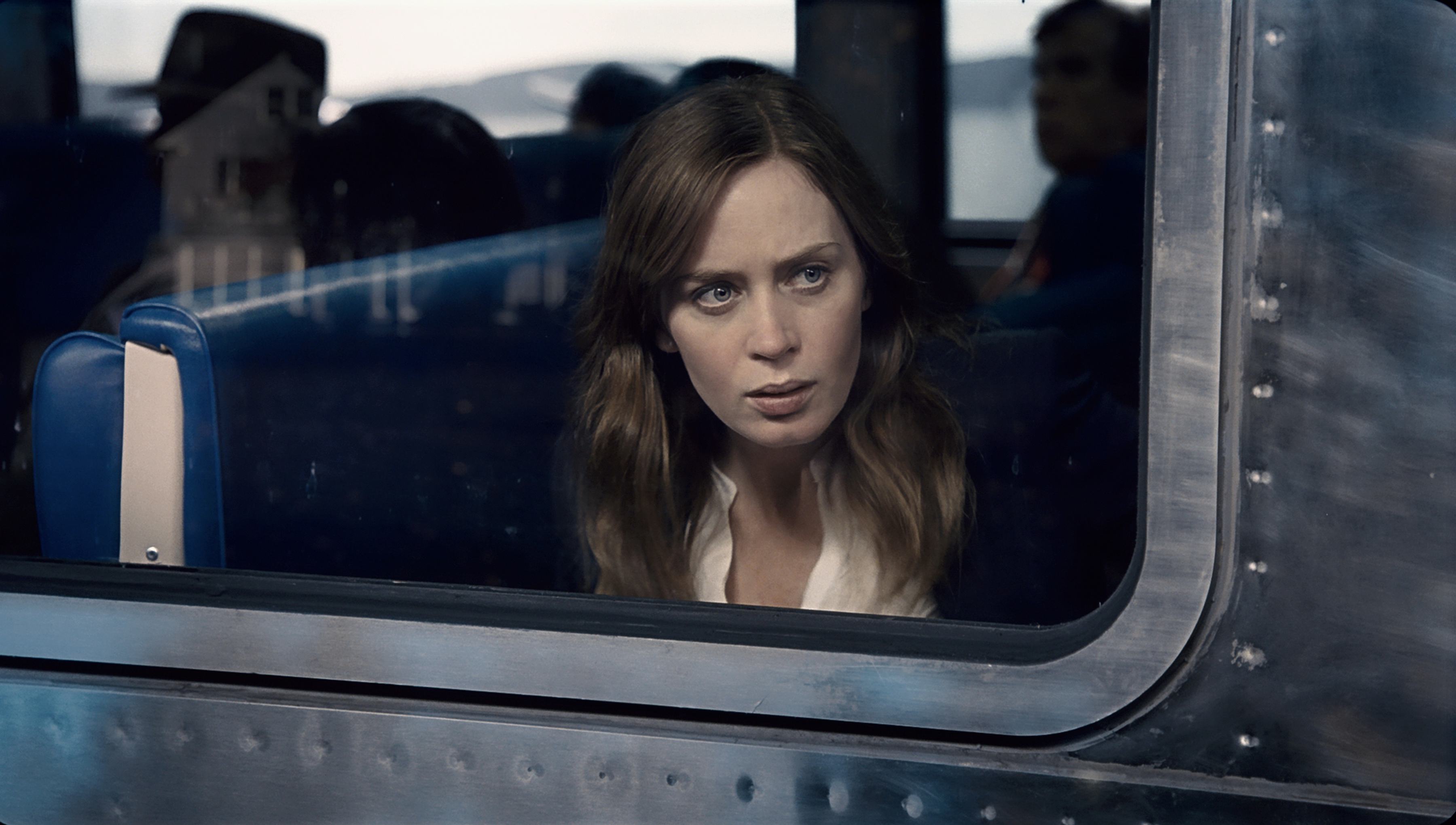The recent release of this novel adaptation has been highly anticipated following the soaring success of the book. Directed by Tate Taylor, who previously worked on The Help, the film has drawn in a massive amount of interest. With its focus on a female narrator, the interesting play on the relationships between characters and the clever use of perspective it was a film that really interested me as I have myself produced pieces exploring these aspects. The casting and location have been subject to a lot of discussion and something I wish to explore further.
One of the main points made in a number of reviews about the film is how well Emily Blunt plays the main character, and at points carries the entire film. She has taken on the role of the derailed alcoholic incredibly well, from her hollow eyes to her slurred words and wobbling steps. Her fixation on Megan, the woman who later goes missing, appears to come from a place of genuine jealousy and is believable from the outset. It is this fixation which leads to the rest of the story unravelling, Rachel sees Megan kissing a man on the balcony of her home just hours before she goes missing. Blunt’s believability as the drunken wreck comes into play as she is unable to remember her own movements on the night of Megan’s disappearance placing her as a potential suspect.
The location of the film has come under a great deal of scrutiny as the plot has been moved to America despite the novel being set on a train line heading into central London. There is no doubt that the large houses with their even larger gardens don’t quite seem to fit the descriptions of the characters and certainly the British commuter lifestyle seems to be a more apt setting for Blunt’s travels to and from a job she lost several months ago. Nevertheless, the location doesn’t entirely distract viewers from the plot and certainly the peaceful, expensive neighbourhood works to further separate Blunt’s character from a life she is no longer a part of as she drunkenly stumbles through it.
The use of perspective throughout the film has been something which has been praised by many. The unreliability of all the characters mean that those who have not read the book will be kept guessing until the very end. By switching narrators and points in time the audience is made to feel as unsure as Blunt about what has actually happened on the fateful night. The clever use of angles and the inclusion of shots from the moving train meaning that nothing is entirely clear until the climax of the film.
The film explores gender in a really interesting way, particularly in the final scene where the power shifts between male and female characters dramatically and it is this interplay which really captured my interest. It is an aspect of the film that Tate has worked with very well and something I hope to explore in some of my future projects.
